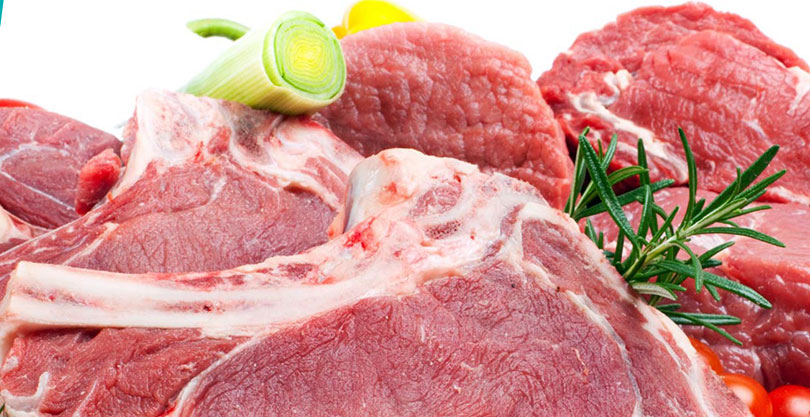In search of what he called “clean” food for lunch, Alexander Minnelli chose ProteinHouse, one of the new restaurants in downtown Kansas City.
The bodybuilder asked for a Greek bowl in which a “natural” turkey burger, produced without antibiotics, was plugged. Minnelli describes the “purity” as a whole “is not something fried”, “not GMO, without preservatives, something cooked at the same time, fresh”.
World production of meat
In the last 50 years, world production of meat has increased rapidly, as can be seen below, total production and meat consumption increased 4-5 times since 1961. The following table shows the world production of meat per region, measured in tons.
At the regional level, Asia is the largest meat producer, accounting for around 40-45 percent of total meat production. In recent decades, this regional distribution has changed significantly. In 1961, Europe and North America were the main producers of meat, which accounted for 42 and 25 percent, respectively. In 1961, Asia had only 12 percent. For 2013, the proportion of Europe and North America fell to 19 and 15 percent, respectively.
This reduction in the share of production was, despite a significant increase in production in absolute terms: meat production in Europe doubled during this period, and production in North America increased by 2.5 times. The increase in production in Asia, however, was staggering: meat production increased 15 times since 1961.
The absolute increase in production in other regions was also significant, and output in all regions (excluding the Caribbean, which is approximately three times) increased more than 5 times during this period.

